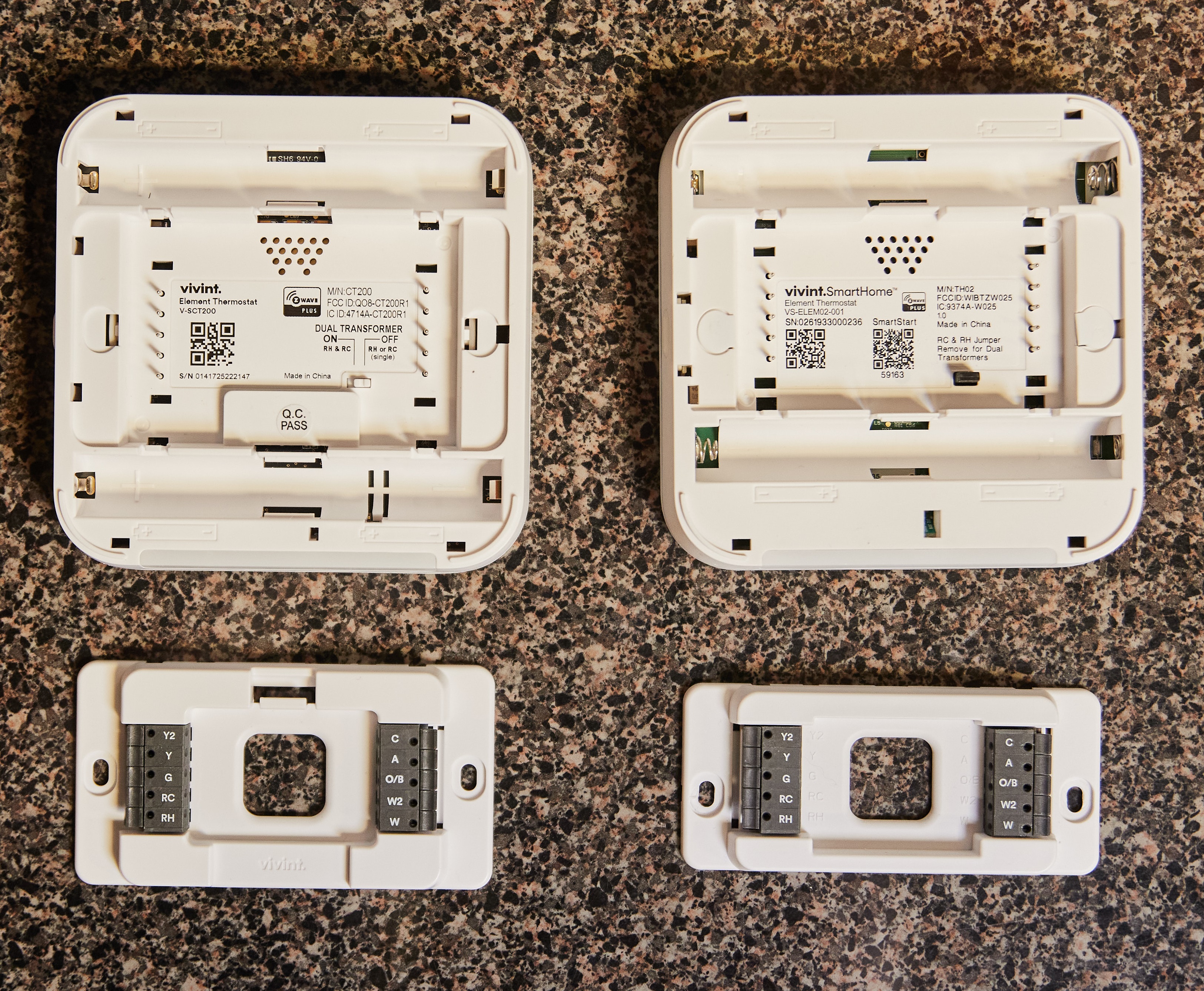Effortless Comfort: Installing a New Thermostat

Effortless Comfort: Installing a New Thermostat
Upgrading to a new thermostat not only enhances your home’s energy efficiency but also provides you with greater control over your indoor climate. Follow this comprehensive guide to seamlessly install a new thermostat and elevate your comfort.
**1. Choose the Right Thermostat:
Before diving into the installation process, select a thermostat that suits your needs. Whether you opt for a programmable, smart, or basic model, ensure compatibility with your heating and cooling system. This initial step sets the foundation for a successful installation.
2. Turn Off Power:
Safety is paramount when dealing with electrical components. Begin by turning off the power to your heating and cooling system at the circuit breaker. This precautionary measure ensures a safe environment for the installation process.
3. Remove the Old Thermostat:
Carefully remove the cover of your existing thermostat to expose the wiring. Take note of the wire
Upgrade Your Comfort: Installing a New Thermostat

Upgrade Your Comfort: Installing a New Thermostat
Enhancing your home’s comfort and energy efficiency starts with a simple yet impactful upgrade – replacing your thermostat. In this guide, we’ll take you through the process of installing a new thermostat, providing expert tips to ensure a smooth transition and improved control over your heating and cooling systems.
Understanding Thermostat Types: Choosing the Right Model
Before diving into the replacement process, it’s crucial to understand the types of thermostats available. From traditional analog models to modern smart thermostats, each comes with its own set of features. Consider your preferences, budget, and desired level of automation when selecting a thermostat. Smart thermostats offer programmability and remote control, contributing to energy savings and convenience.
Gathering Necessary Tools and Materials: Preparing for the Replacement
A successful thermostat replacement requires the right tools and materials. Ensure you have a screwdriver, wire labels, a voltage tester, and,
